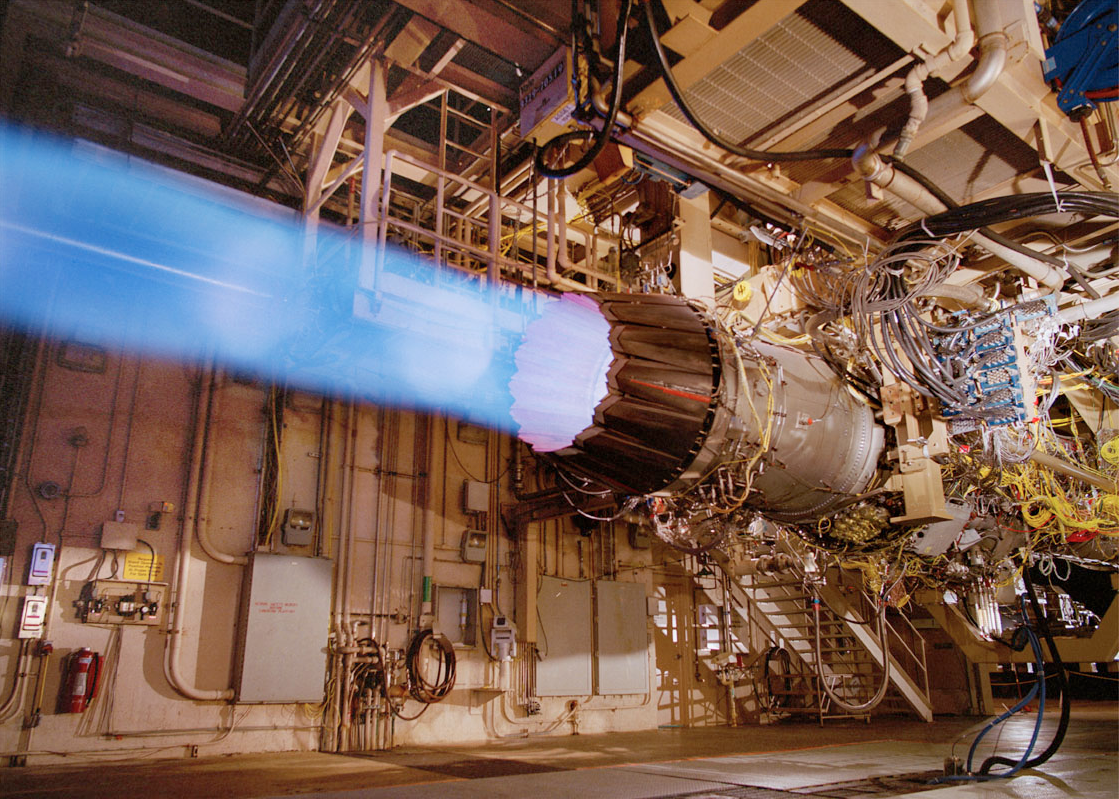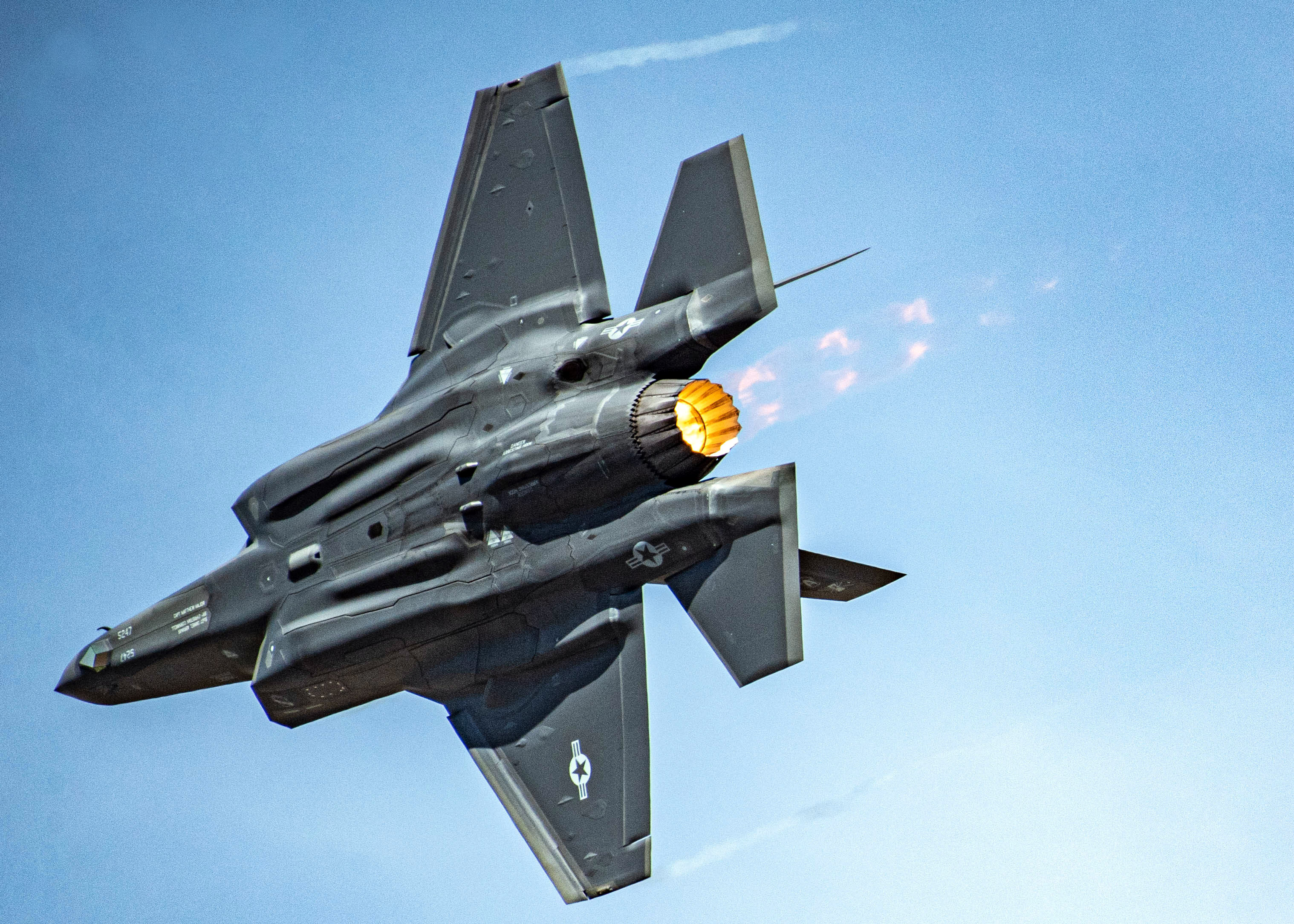An adaptive engine for the F-35 Lightning II could save hundreds of millions of dollars annually and dramatically reduce emissions

US Air Force Secretary Frank Kendall recently announced that the service will not use an adaptive engine in the fifth-generation F-35 Lightning II fighter jet. That said, the new propulsion system would benefit the environment, the military, taxpayers and industry.
Here's What We Know
The US Air Force is one of the largest consumers of fuel and a source of carbon emissions. Fighters, bombers, refuellers and reconnaissance aircraft fly more than 1 million hours each year. Reducing fuel consumption would be a great boon to the environment.

The engines of the fourth-generation fighters are not only powerful, they also use a lot of fuel. For example, the F-15EX Eagle II in a combat configuration burns about 1,800 gallons of fuel per hour (1 gallon = 3.8 litres).
A possible conflict with China would force the U.S. to move an F-15EX battlegroup (18 aircraft) from Guam to Taiwan. The fighters will burn 285,000 gallons of fuel in an eight-hour flight. Along with them will fly a minimum of 15 KC-46 air refuellers, which burn 1,720 gallons per hour. This means a total fuel consumption of 491,000 gallons per mission.

The situation with the fifth-generation F-35 Lightning II fighters is not so bleak. The 18 aircraft will burn 129,000 gallons of fuel in an identical mission. Nine KC-46 refuellers will be required in support, for a total fuel consumption of 253,000 gallons.
Several years ago, the US Air Force began working on an adaptive engine for all versions of the F-35 Lightning II under the Adaptive Engine Transition Program (AETP). Pratt & Whitney and General Electric received funding. The goal of the project was to create an engine that could increase thrust by 10 percent and reduce fuel consumption by 25 percent compared with the F135 powerplant that the aircraft is currently equipped with.

Fighters with adaptive engines would have consumed only 90,300 gallons of fuel during the move to Taiwan, and the number of aerial refuellers would have been reduced to six. This means that the total fuel consumption would have been reduced by 80,000 gallons to 173,000 gallons.
The cost per gallon of fuel is about $4. This means that taxpayers would save $315,000 on just one such mission, with annual savings of hundreds of millions of dollars. It would also result in a significant reduction in emissions.

However, the adaptive engine will only appear The Pentagon will not develop a $6 billion adaptive engine for the F-35 Lightning II fifth-generation fighter. This is also linked to savings, as the development program is estimated at about $5-6 billion and the entire life cycle at $40 billion. In this regard, the US Air Force has decided Pentagon wants upgraded Pratt & Whitney F135 engines for fifth-generation F-35 Lightning II fighters by 2030.
Source: Defense One